I’m a Nutrition Pro. Here’s the Unfiltered Truth About Quitting Sugar.
I’ve spent years guiding people through the messy, complicated, and ultimately rewarding process of cutting back on sugar. I’ve seen the struggles and the incredible breakthroughs up close. Let’s be honest, it’s rarely a simple flip of a switch. Sugar is literally everywhere—it’s woven into our food, our celebrations, and our habits.
In this article
But understanding what’s really happening inside your body when you dial it back can be a game-changer. This isn’t about shaming an ingredient or demanding perfection. It’s about taking back control and giving your body what it actually needs to thrive.
A lot of people come to this hoping for a quick weight-loss fix. And while that can definitely be a side effect, the most profound changes are often the ones you feel, not just the ones you see on the scale. We’re talking about energy, mental clarity, and stacking the deck in your favor for long-term health. So, let’s walk through it all—from the tough first few days to the amazing benefits that stick. This is the honest, no-fluff truth, straight from the trenches.
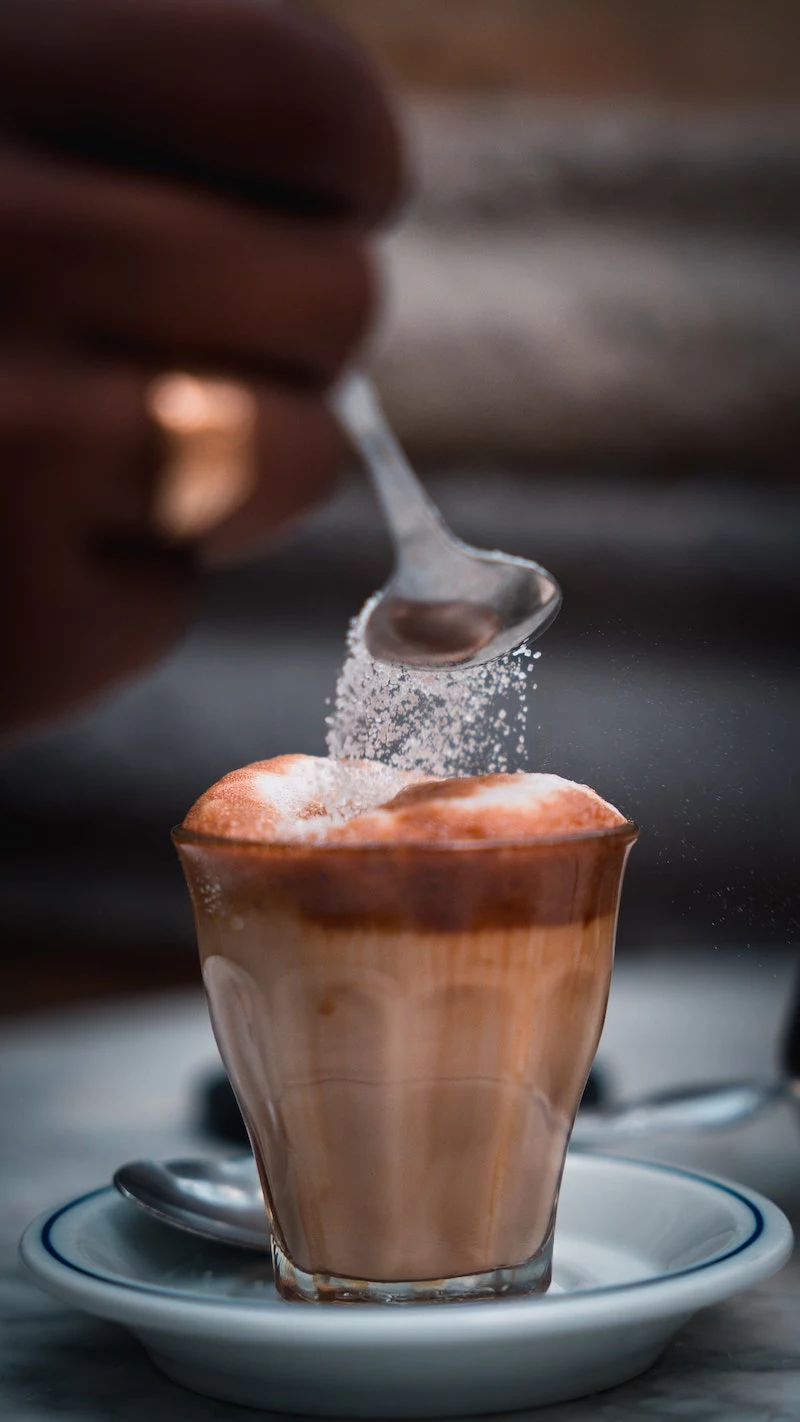
So, What’s Sugar Actually Doing in There?
To really get why less sugar is a good thing, you have to know how your body handles it. When you eat sugar, especially the simple stuff like table sugar or high-fructose corn syrup, it hits your bloodstream fast. This causes a quick and dramatic spike in your blood glucose.
Your pancreas sees this spike and jumps into action, releasing a hormone called insulin. Think of insulin as a doorman. Its job is to open the doors to your body’s cells, letting the glucose in so it can be used for energy. This is a perfectly normal and vital process. The real problem is the sheer amount and frequency of sugar in our modern diet.
The Non-Stop Insulin Rollercoaster
When you have a high-sugar meal or drink—say, a big bowl of sugary cereal and a glass of juice—you get a massive glucose spike. Your pancreas has to work overtime, pumping out a ton of insulin to deal with the flood. Sometimes, it does its job a little too well. It shoves so much glucose into your cells that your blood sugar then plummets, falling below a normal level.
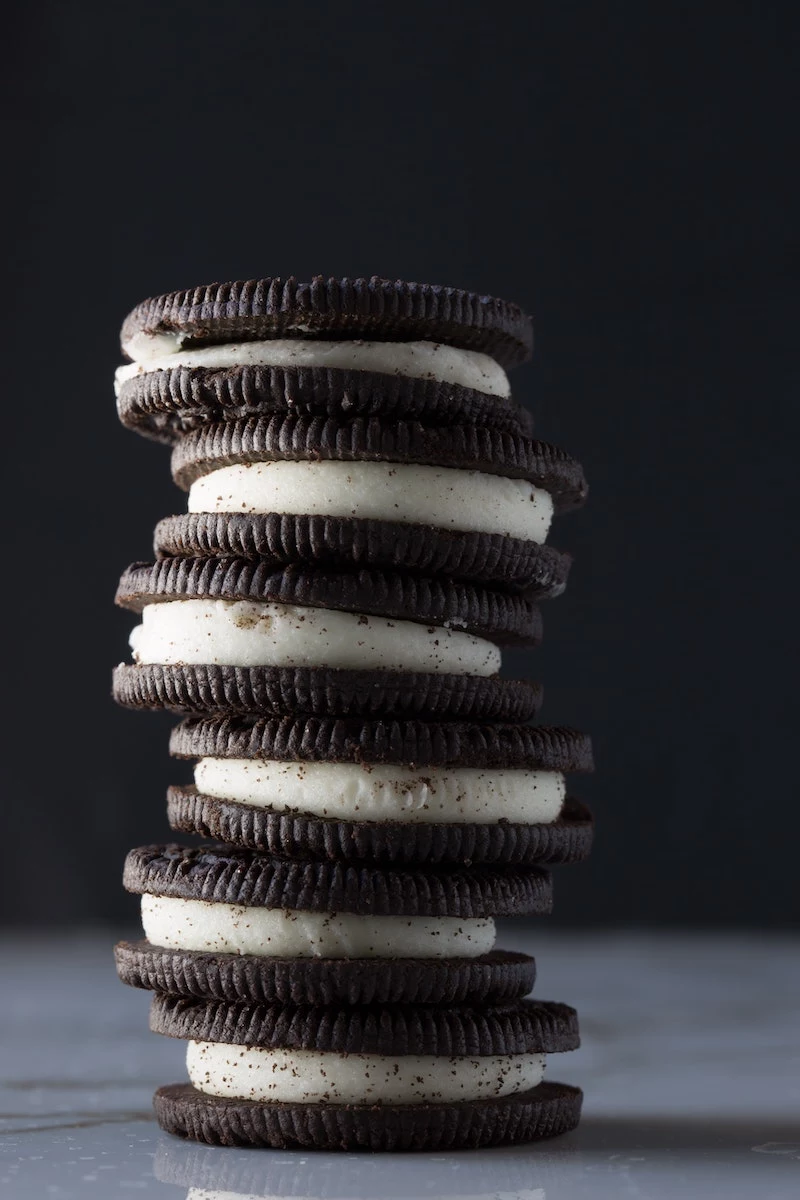
That’s the infamous ‘sugar crash.’ It leaves you feeling tired, foggy, and desperately craving more sugar to get your energy back up. And just like that, you’re on a vicious cycle of spikes and crashes that can last all day.
Over time, this puts a huge strain on your pancreas. Your cells can start to ignore insulin’s signal, a condition known as insulin resistance. This is a huge red flag for developing type 2 diabetes and is linked to a ton of other chronic health problems. Global health organizations have taken notice, and their general guidance is a great rule of thumb: try to keep added sugars to less than 10% of your daily calories. For even bigger health wins, they suggest aiming for under 5%.
Good to know: What does that 5% even mean? For an average 2,000-calorie diet, that’s about 25 grams of added sugar per day—or 6 teaspoons. A single can of soda can pack around 39 grams. That one drink blows your entire day’s budget out of the water!
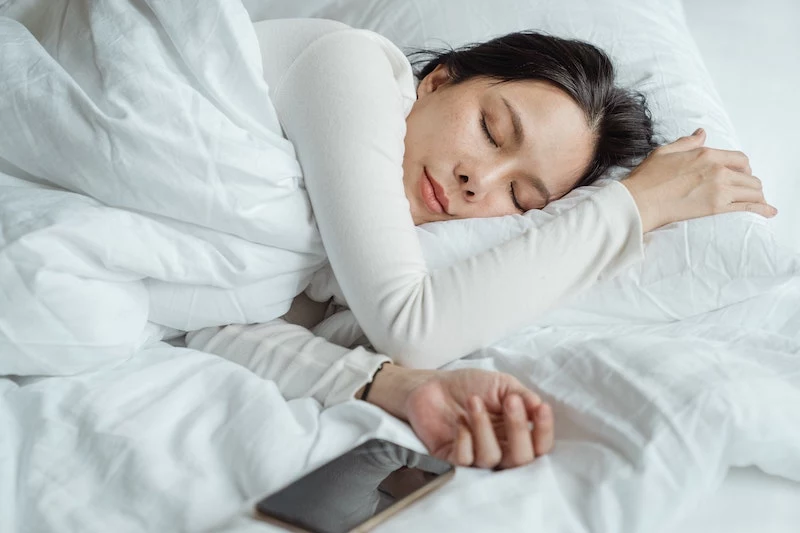
A Quick Word on Your Liver
By the way, not all sugar gets treated the same. Fructose, which is half of regular table sugar and the star of high-fructose corn syrup, is processed almost entirely by your liver. A little bit from a whole apple is no big deal, but huge doses from sodas, candy, and processed foods completely overwhelm it. The liver’s only option is to convert that excess fructose into fat. This can lead to a buildup of fat in the liver, a condition called non-alcoholic fatty liver disease (NAFLD), which can cause serious damage down the line if it’s not addressed.
The First 72 Hours: Brace for Impact
I’m always upfront with people about the first few days because, honestly, they can be rough. When you suddenly cut off your brain’s steady supply of sugar, it has to adjust. Sugar lights up the pleasure and reward centers in your brain, and yanking it away can feel a lot like withdrawal.
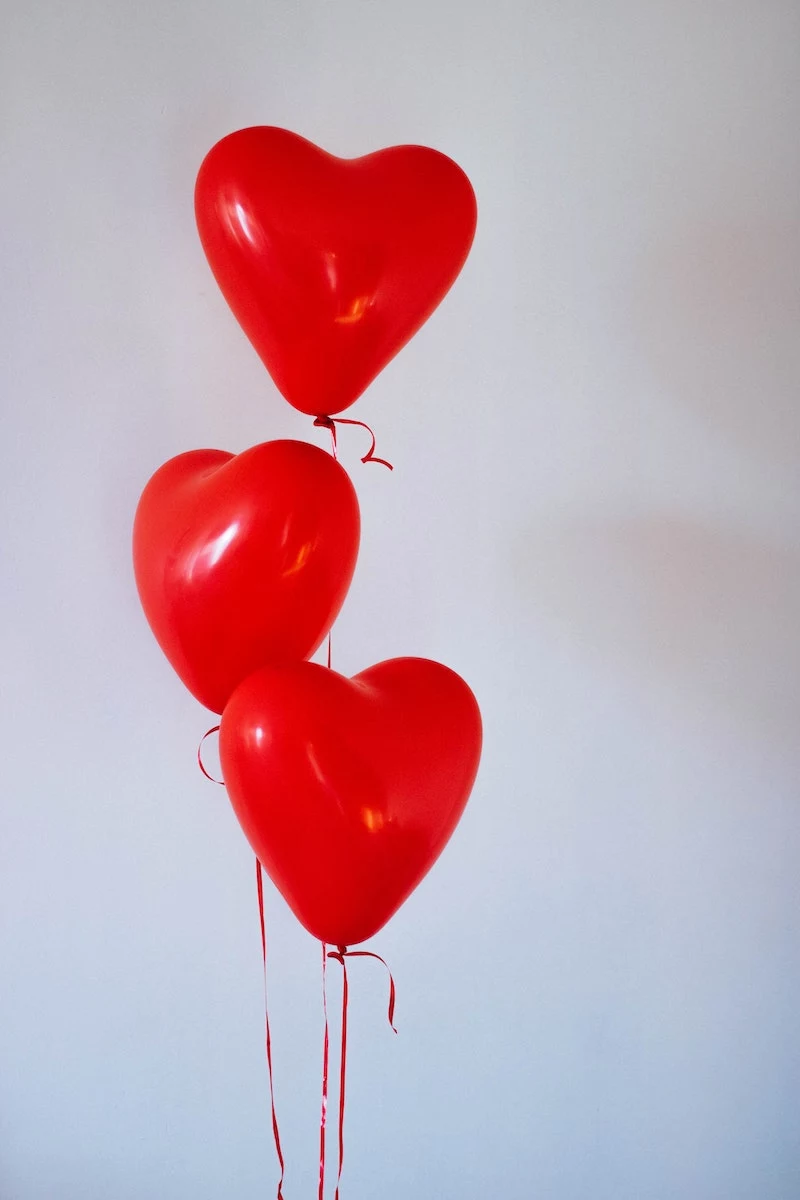
What You Can Probably Expect
Based on what I’ve seen time and time again, here are the most common bumps in the road:
- Wicked Cravings: Your brain is screaming for its usual fix. These cravings feel intensely physical, so don’t mistake them for a simple lack of willpower.
- Headaches: This is a big one. It’s often due to hormonal shifts and your body re-regulating as it adapts.
- Brain Fog and Fatigue: Your body is used to running on cheap, fast-burning sugar. It takes a little time to get good at using more stable fuel sources, like fat. In the meantime, you can feel wiped out and unfocused.
- Irritability: Between the cravings and the energy dips, you might feel a bit moody or snappy. It’s temporary!
I once worked with a software developer who went cold turkey. On day three, he told me, “I feel like I have the flu without a fever. I can’t think straight, and I just bit my coworker’s head off for asking a simple question.” That’s a textbook response. I reassured him it was his body adapting, made sure he was drinking tons of water, and focused his meals on protein and healthy fats. By day five, he said the fog was finally starting to lift.

How to Get Through It
Surviving these first few days is all about strategy, not just white-knuckling it.
- Hydrate Like It’s Your Job: Drink a ton of water. Sometimes our brains mistake thirst for a sugar craving. Herbal tea works great, too.
- Eat Real, Satisfying Food: This is NOT the time to go on a restrictive diet. Eat meals with plenty of protein (eggs, chicken, fish, lentils) and healthy fats (avocado, nuts, olive oil). These keep you full and your blood sugar stable, which is exactly what you need.
- Get It Out of the House: Go through your kitchen and get rid of the obvious culprits—cookies, sodas, candy, sugary cereals. You can’t eat what isn’t there. A pantry purge can cost you a bit upfront (maybe you toss $30-$50 worth of stuff), but it’s an investment in your success.
- Move Gently: A short walk can do wonders for your mood and help curb cravings. Don’t try to crush a high-intensity workout right now; your body is already under enough stress.
Oh yeah, and give your family or roommates a heads-up! Just say, “Hey, I’m cutting out sugar, so I might be a little grumpy for a few days.” Their support (or at least their understanding) can make a world of difference.

The First Month: The Payoff Begins
Once you’re over that initial hump, you start to notice the good stuff. These are the changes that make people think, “Okay, I can do this for the long haul.”
A Happier Heart and Body
The link between sugar and heart health is crystal clear, and you can see improvements surprisingly fast.
- Lower Triglycerides: These are fats in your blood, and your liver makes them directly from excess sugar. I’ve seen clients’ triglyceride levels drop by 20-30% within a single month of cutting added sugar. It’s one of the quickest blood markers to improve.
- Better Blood Pressure: A high sugar intake can put your nervous system on high alert, raising your heart rate and blood pressure. Dialing back the sugar helps everything relax, often leading to better readings.
- Healthier Cholesterol: It’s not just about the number, but the type. Sugar tends to increase the small, dense, and dangerous type of LDL particles that are more likely to cause plaque in your arteries. Less sugar helps shift your cholesterol profile to a safer pattern.

Steady Energy and a Looser Waistband
People are always shocked that they have more energy after cutting out sugar, not less. That’s because you’ve officially hopped off the blood sugar rollercoaster. Your energy becomes steady and reliable. Suddenly, you can get through that 3 p.m. slump without a coffee and a cookie.
Weight loss often follows, but it’s not just about calories. When insulin is always high, it’s basically a fat-storage hormone. Lowering your sugar intake brings down your insulin levels, which finally gives your body permission to burn its stored fat for fuel. A lot of the initial weight you lose is just water, by the way. High insulin makes your kidneys hold onto salt and water. As insulin drops, your body lets go of that excess fluid, which is why you might feel less bloated and puffy in just a week.
Clearer, Calmer Skin
I hear this all the time, especially from women. The link between diet and acne is much more accepted now than it was a decade ago. Sugar can mess with your skin in a couple of key ways:

- It fuels inflammation. A high-sugar diet promotes low-grade inflammation all over your body. On your skin, that can show up as acne, redness, and puffiness.
- It causes glycation. This is a process where sugar molecules attach to proteins like collagen and elastin—the very things that keep your skin firm and bouncy. This creates nasty molecules called AGEs (Advanced Glycation End-products) that make your skin’s support structure stiff and brittle, fast-forwarding wrinkles.
Of course, sugar isn’t the only thing affecting your skin, but for many, it’s a huge piece of the puzzle.
Your Practical, No-Nonsense Guide to Reducing Sugar
Knowing the ‘why’ is great, but the ‘how’ is what matters. Success is built on practical, sustainable habits, not a quest for perfection.
Become a Label Detective
Added sugar is a master of disguise. You absolutely have to get comfortable reading ingredient lists. Manufacturers use dozens of names for it. A quick tip: look for anything ending in ‘-ose’ (like dextrose, fructose, sucrose) and be wary of words like syrup, malt, molasses, or concentrated fruit juice.
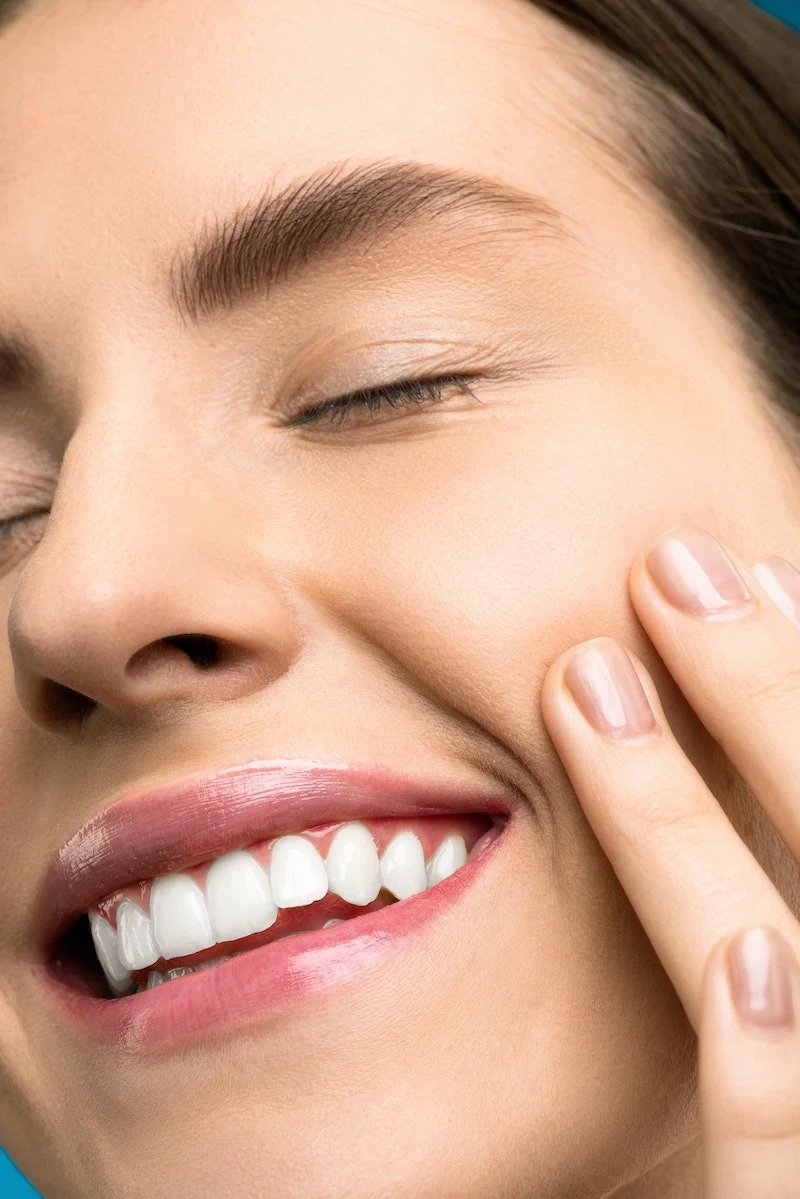
Heads up! Here are some of the sneakiest names for sugar to watch out for:
- Dextrose
- Maltodextrin
- Barley Malt
- Rice Syrup
- Cane Juice or Cane Syrup
- Corn Sweetener
- Fruit Juice Concentrate
Focus on Smart Swaps and See the Difference
You don’t have to overhaul your entire life overnight. Start with simple, high-impact swaps. Think about it this way:
A common ‘before’ breakfast might be a bowl of frosted cereal with a glass of orange juice. That’s easily 50 grams of sugar before 9 a.m.! An ‘after’ breakfast could be two eggs cooked in butter with half an avocado. That’s maybe 1 gram of sugar. How will you feel at 11 a.m.? With the ‘before’ breakfast, you’re probably crashing hard and hunting for a snack. With the ‘after,’ you’re likely feeling focused and steady.
Here are some other easy wins:
- The #1 Quick Win: Swap your daily soda, sweetened tea, or fancy coffee for water, sparkling water with lemon, or unsweetened herbal tea. This one change can easily cut 40+ grams of sugar from your day. Try it for just three days and see how you feel.
- Breakfast: Ditch the sugary cereals and flavored yogurts. Go for plain oatmeal with berries, eggs, or plain Greek yogurt. A great brand to look for is Fage Total 5% Plain—it’s creamy and has zero added sugar.
- Sauces & Dressings: Ketchup, BBQ sauce, and many salad dressings are sugar bombs. Look for no-sugar-added versions (Rao’s is a fantastic pasta sauce option, available at most grocery stores for about $8 a jar) or just make your own simple vinaigrette.
A common mistake I see is the ‘healthy’ smoothie. A client once showed me her daily recipe: banana, mango, a big squeeze of honey, and apple juice. She thought it was the picture of health, but when we calculated it, it had over 60 grams of sugar! We swapped the juice for water, the honey for a scoop of protein powder, and added spinach and a spoonful of almond butter. The result? Way more satisfying and a fraction of the sugar.
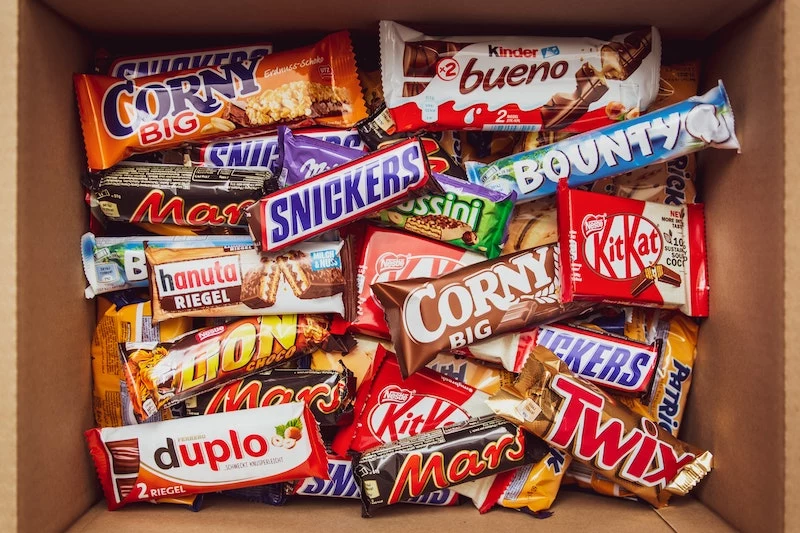
What About Honey, Agave, and Artificial Sweeteners?
This is a huge question, so let’s clear it up. So-called ‘natural’ sugars like honey, maple syrup, and agave syrup are still, well, sugar. Your body processes them in a very similar way to table sugar. While they might have tiny amounts of minerals, they still spike your blood sugar and contribute to your daily load. Use them very sparingly, as a treat.
And artificial sweeteners? It’s complicated. Things like aspartame are controversial, while newer options like stevia and monk fruit are generally considered safer. However, they can still keep your sweet tooth alive and kicking, making it harder to appreciate the natural sweetness in foods like fruit and vegetables. My advice? Try to reduce your overall reliance on intense sweetness, wherever it comes from.
Common Pitfalls to Watch Out For
Keep an eye out for these common traps:
- The ‘Fat-Free’ Trap: When food companies remove fat from a product (like yogurt or salad dressing), they almost always pump it full of sugar to make it taste good again. Full-fat versions are often the healthier choice.
- The Liquid Sugar Trap: It’s so easy to drink hundreds of empty calories and grams of sugar without even realizing it. Sodas, energy drinks, juices, and sweetened coffees are major culprits.
- The ‘Healthy’ Sugar Trap: This is when you go overboard on things you think are good for you, like dried fruit, massive fruit smoothies, or drowning your oatmeal in maple syrup. A little goes a long way.
How to Do This on a Budget
Eating healthier doesn’t have to be expensive. In fact, cutting out pricey coffee drinks and processed snacks can save you money.
- Buy Frozen: Frozen fruits and vegetables are just as nutritious as fresh (sometimes more!), are way cheaper, and won’t go bad in your fridge. A bag of frozen berries for your plain yogurt can cost $4-$6 and last for weeks, while fresh might be $5 for a tiny container.
- Cook at Home: This is the biggest money-saver of all. You control the ingredients and avoid the massive markup on restaurant and takeout food.
- Embrace Simple Proteins: You don’t need fancy cuts of steak. Eggs, canned tuna or salmon, chicken thighs, and legumes like lentils and beans are all budget-friendly protein powerhouses.
A Critical Safety Warning
Okay, this part is serious. While reducing added sugar is safe and beneficial for most people, you absolutely must not make drastic dietary changes without talking to a professional if you have certain conditions.
Talk to your doctor or a registered dietitian first if you:
- Have Type 1 or Type 2 Diabetes and are on medication.
- Have a history of eating disorders.
- Suffer from hypoglycemia (low blood sugar episodes).
Your safety always, always comes first. This is for educational purposes, not a substitute for personalized medical advice.
Ultimately, cutting back on sugar is one of the most powerful things you can do for your health. It’s a journey that might start with a few rough days but pays you back with energy, clarity, and a body that’s ready for anything. Be patient, be strategic, and focus on all the amazing things you’re gaining.
Inspirational Gallery
A single serving (¾ cup) of a popular granola like Nature Valley Protein Oats ‘n Honey can contain 16 grams of sugar—that’s equivalent to four sugar cubes.
One of the most surprising joys of cutting sugar is how your palate reawakens. After a couple of weeks, a simple strawberry tastes explosively sweet and complex. You’ll start to notice the natural sweetness in carrots and bell peppers. Foods you once found bland reveal subtle, delicious flavors that were previously masked by an overwhelming tide of sugar. It’s like hearing music in full stereo for the first time.
But what about the intense, out-of-nowhere cravings?
First, drink a large glass of water, as dehydration is often mistaken for hunger. Then, have a small, protein-rich snack like a handful of almonds or a hard-boiled egg. This stabilizes blood sugar without feeding the craving. If you still need a sweet fix, try a square of 85% dark chocolate or a cup of herbal tea with a hint of cinnamon.
- You fall asleep more easily without late-night blood sugar spikes.
- You experience fewer middle-of-the-night wake-ups.
- You wake up feeling genuinely rested, not groggy.
The secret? Stable blood sugar. A diet high in sugar causes a glycemic rollercoaster that disrupts the production of sleep-regulating hormones. By stepping off the ride, you allow your body to achieve deeper, more restorative sleep cycles.
Watch for sugar’s many disguises: On an ingredients list, it’s not just
The first 3 to 5 days can be the toughest, as your body recalibrates. Don’t be surprised if you experience a
- Swap your morning juice for a whole orange.
- Switch from sweetened vanilla almond milk to the unsweetened version.
- Choose plain Greek yogurt (like Fage Total 0%) and add your own berries instead of buying fruit-on-the-bottom varieties.
- Replace ketchup with a sugar-free brand like Primal Kitchen or simply use mustard.
Monk Fruit: A natural, zero-calorie option extracted from a small green melon native to southern China. It’s often blended with erythritol (a sugar alcohol) in products like Lakanto to improve texture and taste.
Allulose: A
Need a fast, filling, and satisfying snack? A small bowl of full-fat plain Greek yogurt is a perfect canvas. Brands like Fage or Chobani are packed with protein. Top it with a handful of fresh raspberries for fiber, a sprinkle of chia seeds for healthy fats, and a dash of cinnamon. It’s creamy, slightly tangy, and hits the










